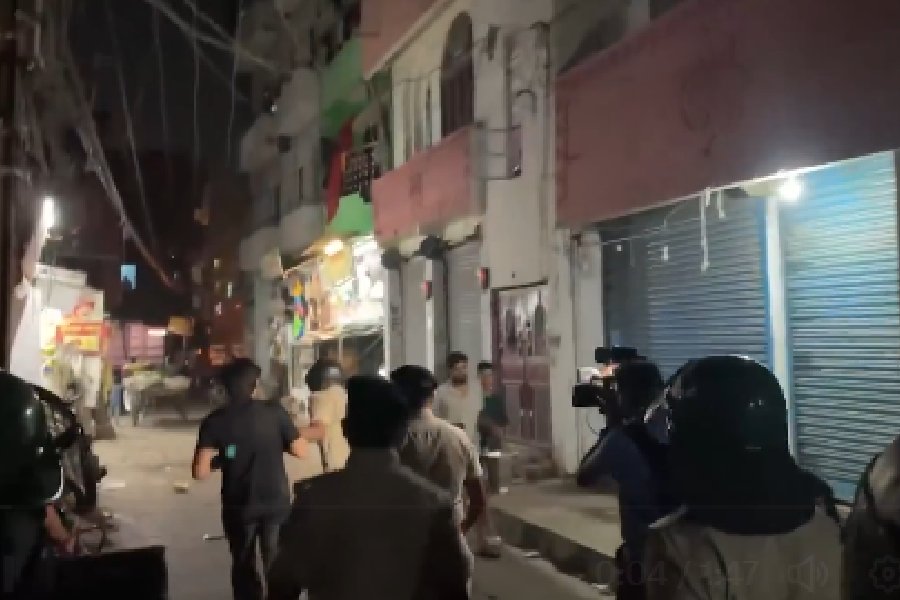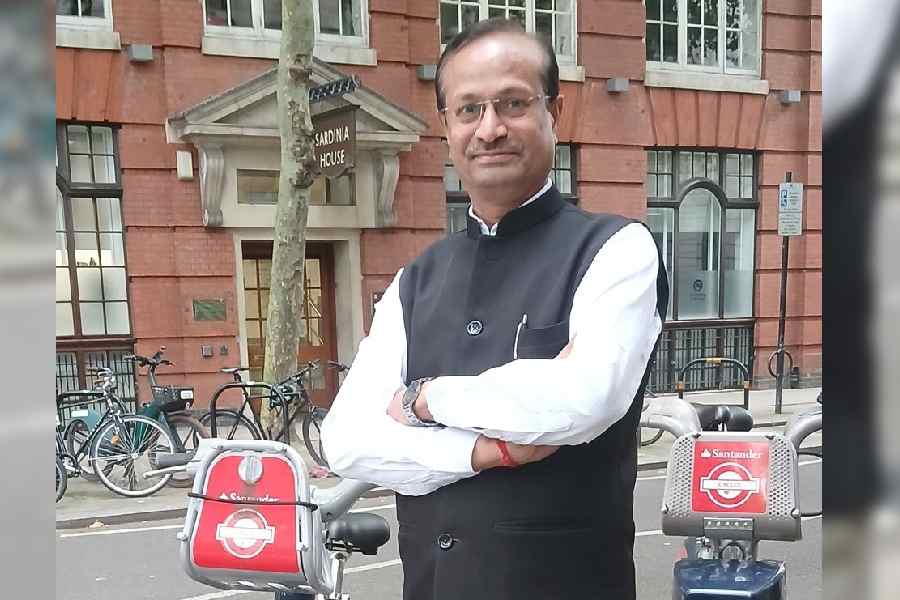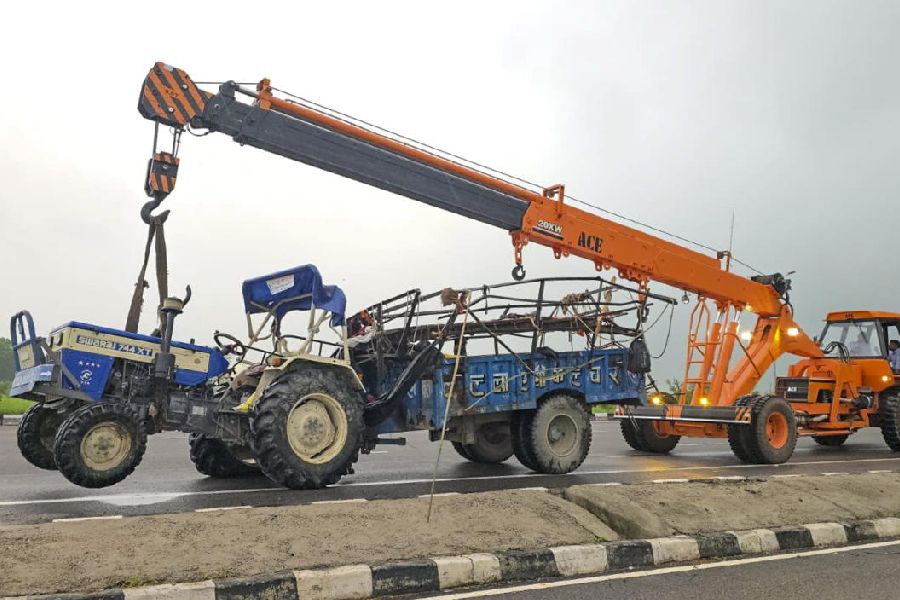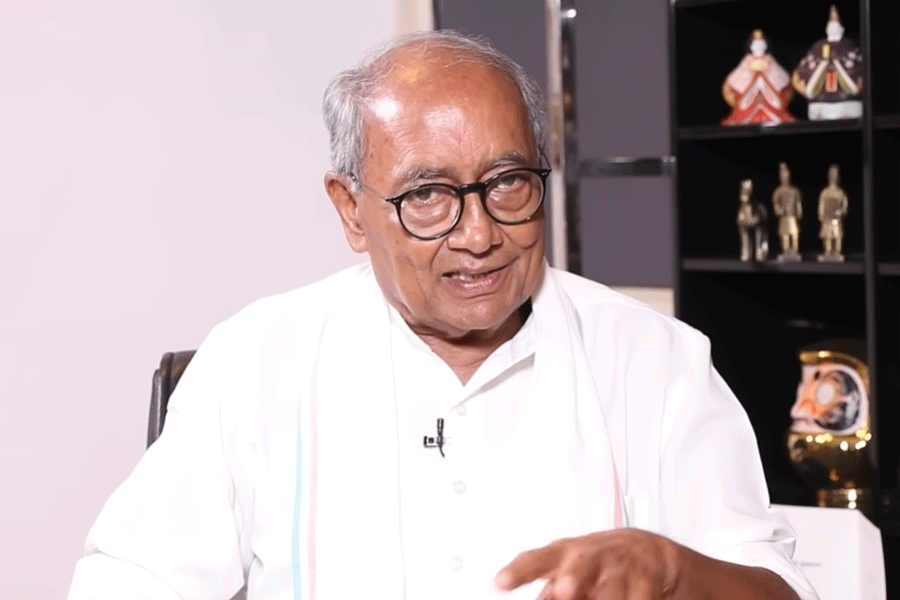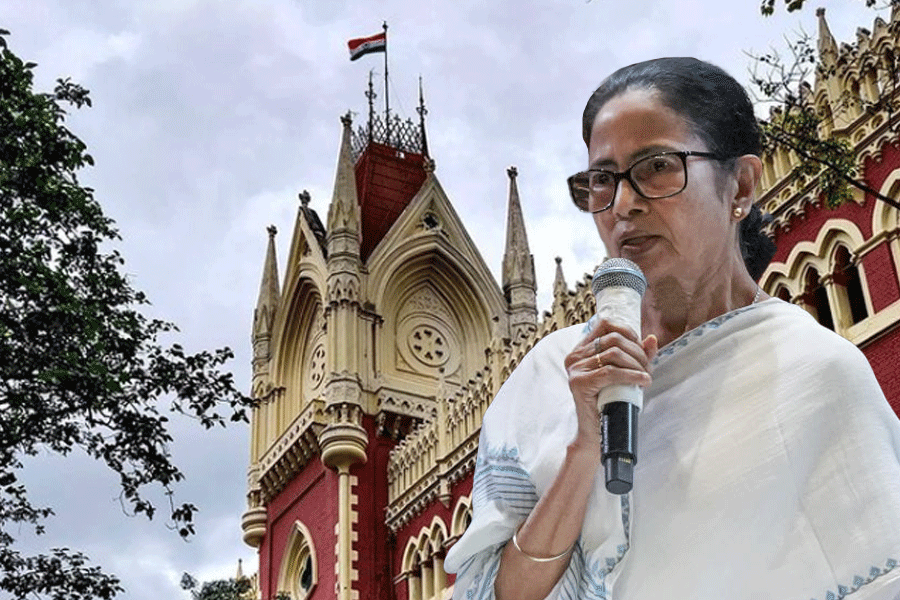 |
Rupanjana Sengupta (picture right), 30, a former Tollygunge resident, has been teaching English at a school in Tokyo since November 2010. She recounts for Metro how she and her husband survived the Japan earthquake and its aftermath.
When the earthquake hit Tokyo (on Friday, March 11, at 2.46pm), I was on the third floor of a department store in Harajuku. Everyone thought it was just another tremor. In my four months in Japan I had got accustomed to them. But after a few seconds, it was apparent that it was not a regular quake.
Things started tumbling off the shelves. The building was shaking so bad that we could not even stand. I knelt down in one corner. I could hear people screaming and crying in the background. Earthquakes rarely last more than a few seconds, but this one went on and on.
The store management was making announcements asking us to get out in the open but I could not move. For a second, death seemed very close. A Japanese girl who had been kneeling next to me guided me out of the store. The building was still shaking when we reached the road.
 |
 |
| People queue up in front of a phone booth after cellphone networks got jammed in Tokyo on March 11 and (below) a customer stands near empty shelves at a convenience store in central Tokyo |
I tried to contact my husband Anirban but could not reach him. There was no signal on my mobile phone. I sent him emails to which he responded about 20 minutes later. Those were the longest 20 minutes of my life.
My husband’s office on the 19th floor was swaying like a pendulum. And it kept on swaying for close to three hours as aftershocks continued to rock the city.
In Japan, buildings have ball bearings at the base which make them sway from side to side when there is an earthquake and that helps absorb quite a bit of the shock. Even after tremors stop, buildings keep moving back and forth slowly.
Buildings rarely crumble. So it’s always safer to stay inside a building during earthquake. The best thing to do is slip under a table and stay put. My husband was not allowed to leave the office for nearly two hours. The landlines were working and he could call his parents in Noida and let them know that we were safe.
I, however, had to move out of the store since the merchandise was falling off the shelves and breaking and could have injured us. I started walking towards my workplace, which is in Omotesando. Thousands of people were on the road but there was a strange sense of calm.
As I reached my school, which is on the fourth floor, the aftershocks started again. The building is old and very narrow, so it felt like someone was vigorously shaking a matchbox. I scampered down the stairs to reach the ground floor. The climb down was so scary with the building constantly swinging. Now I wonder why I had not headed home straight. But then, my mind had stopped working.
I live in Akasaka, which is about 4km from the school. It was dark, cold and extremely windy. All I could see were the heads of people walking. What was amazing was that everyone was following road rules and signals even then.
I started checking online news and learnt about the tsunami that had hit north-east Japan. The aftershocks continued and we all stood on the road, scared in the freezing cold.
I had to walk for almost an hour and 45 minutes to reach Akasaka. I received another email from my husband saying that he had got out of office. His workplace is closer to our apartment than mine so I wondered if he was heading home. I tried to write him an email but the connection was too slow.
By the time I reached my apartment on the 14th floor, my husband had returned home. I was so happy to see that everything was in place. It was unbelievable. Only the wallpapers were slightly damaged.
I immediately tried to call my parents in Ranikuthi, Tollygunge through Skype, since there was still no phone connection. They were relieved to hear my voice.
We could not sleep the whole night because there was an earthquake almost every hour. The building would start swinging and the creaking sound the walls made would send shivers down our spine.
We just sat and stared at the TV. The scale of the devastation brought tears to our eyes. Then the news about the nuclear reactors started flashing. We immediately got our passports out.
By Sunday, there were hundreds of tremors and we were gradually getting used to them. A glass of water on the table was our earthquake notification device. Every time the water moved we knew that one more aftershock had hit us. The creaking of the walls scared me, so I would turn up the TV volume to drown that sound.
Outside, there were cars and buses on the road again and trains had started plying in and around Tokyo. My husband’s office had been closed and they were all working from home. On Monday evening, I called my school to find that it was open. I went to work on Tuesday but there was hardly anyone there, so I left by afternoon.
My husband was to go to Osaka for 2-3 days on work. I said I could manage alone. Around 10.30 that night, while I was cleaning up after dinner, there was another earthquake. The building again started swinging. We grabbed our passports and ran down 14 floors. Our receptionist, who always wears a smile on his face, looked pale. We walked around and returned home after an hour. I felt drained of courage.
We packed our bags and the next morning we took the Shinkansen (bullet train) to Osaka, 220km south of Tokyo. We came to know later that there was one more aftershock while we were on the train, but fortunately we did not feel it.
On April 1, we returned to Tokyo. There are multiple aftershocks daily even now. Some do not bother us anymore. I guess we have got used to living with earthquakes.





